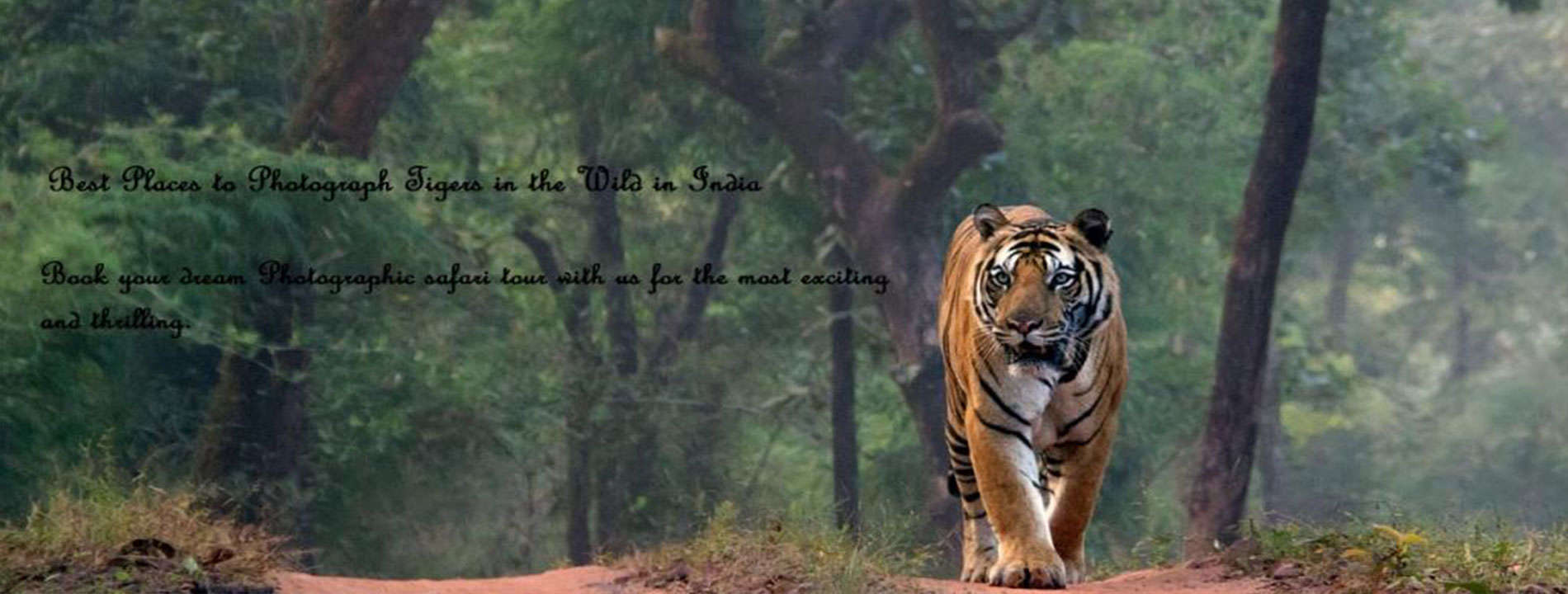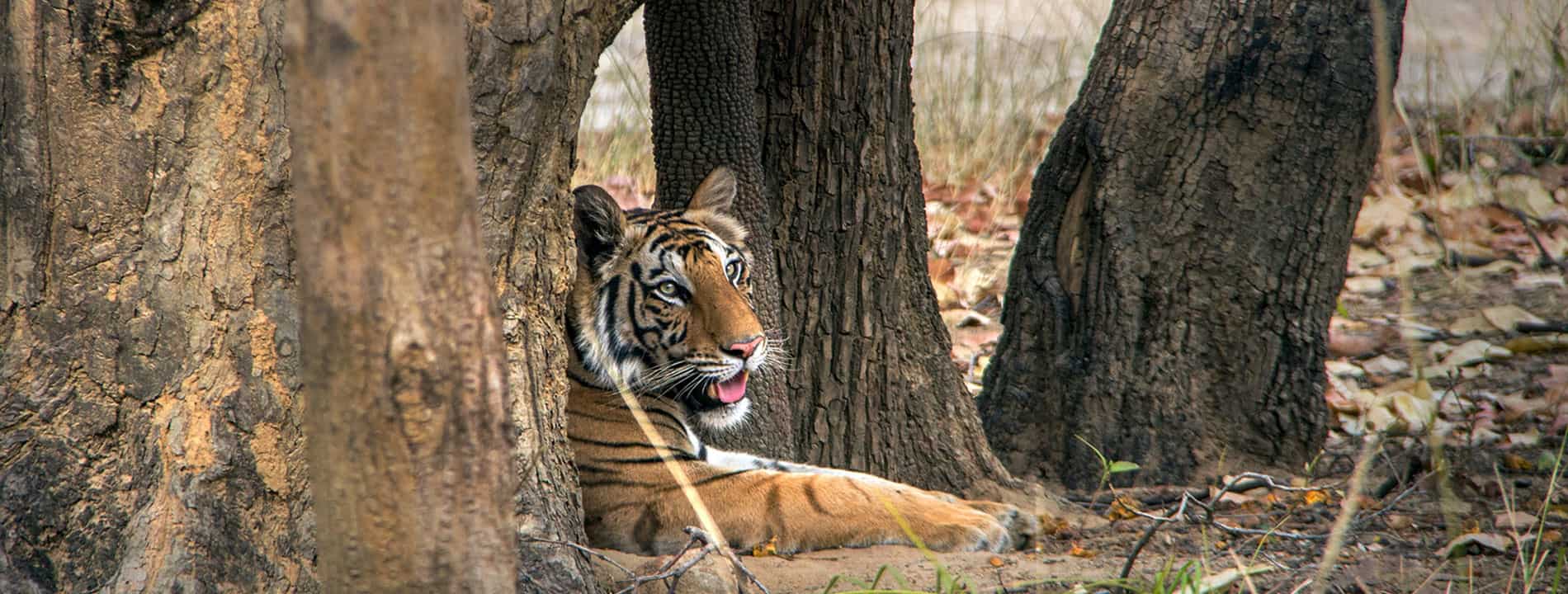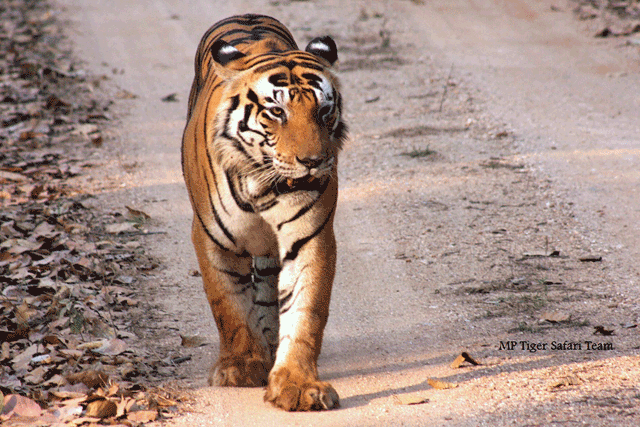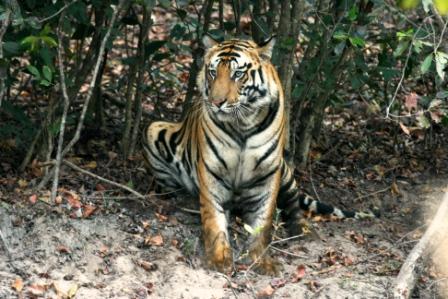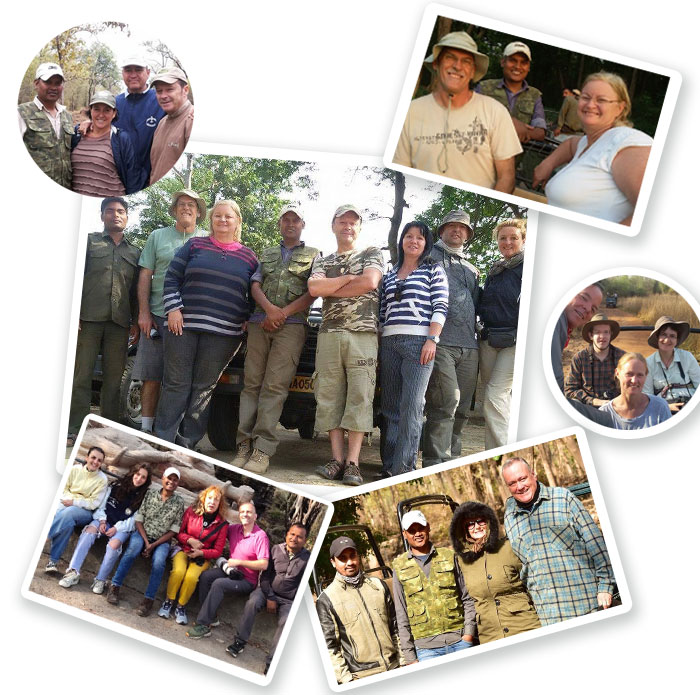Mention is made of Bandhavgarh Fort in Hindu religious texts dating back 2000 years. The Fort is named after Lord Laxman who received it as a gift from by his brother Lord Rama. References are also found in the ‘Narad Panch Ratna’ and ‘Shiva-Samhita Purana’.
Situated atop Bandhavgarh Hill at 800 meters the Fort is a testimony to human presence in the preserve. Tigers and humans lived in the same space without endangering each other. The road to the complex leads through Shesh Shaiya a fairy tale spectacle of miniature water falls, vertically hanging ferns and an ancient pool besides which rests LOrd Vishnu in reclining pose. The statue has been carved out of rock all twenty feet of it.
There are many zoomorphic representation of Lord Vishnu in stone. The climb up is enchanting and bit eerie. The surrounding tall grass is perfect habitat of tigers and other wild denizens. The Fort lies in ruins but its remainders are scattered here and there. There are large man made reservoirs and temples in the complex. There is no habitation now only wilderness. The Laxman Temple stands on mountain edge and over looks the preserve
The Fort has a complex history but today it is the land of the tigers. They can be seen on some occasion on the climb up. The Fort is an excellent breeding ground for all animals due to its isolation from human disturbance. Few tourist travel up here though the spectacle is rewarding by all means.
The Baghelas occupied the complex for a long time till they moved to Govind Garh their new capital on 1617. The surrounding areas where also deserted but Bandhavgarh remained as shooting preserve of the rulers of Rewa. Thus protection was accorded to these forest as the Maharajahs did not allow any destructive activity here. BTR was declared a National Park in 1968.
Man made caves with Brahmi scripts on the walls can be visited by the tourists. There are around 49 such caves, horse stables and temples in ruins abound throughout the spread.
On Ramnavami Festival and Krishna Janmashtami locals visit Bandhavadheesh temple in the complex. The forests give life to many rivers that originate from the verdant confines of rising mountains. the rivers have always been the mainstay of human civilization and will continue to be. Charanganga originates from the Bandhavgarh Hills and flows through the preserve into human habitations all along. Umrar, Damnar, Janad, Bhadar, Nanagar and Halphal are the other rivers.


